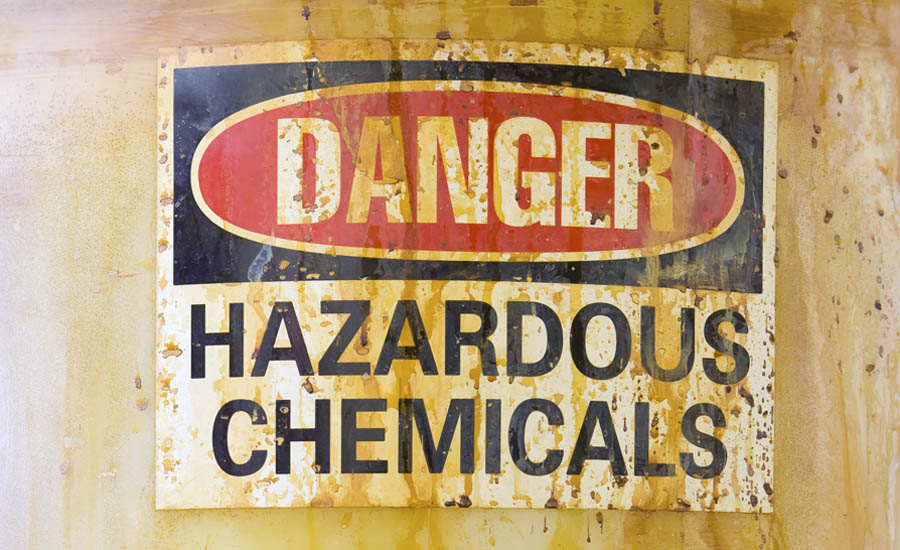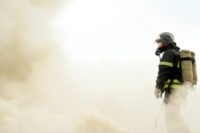Control banding is an assessment method that can be used to manage workplace risks. It is a process that matches, for example, a control measure (e.g., ventilation, engineering controls, containment, etc.) to a range or "band" of hazards (e.g., skin/eye irritation, very toxic, carcinogenic, etc.). The control banding method also groups chemicals according to similar physical or chemical characteristics, how the chemical will be handled or processed, and what the anticipated exposure is expected to be. The method then determines a set of controls chosen to help prevent harm to workers.
In general, bands represent:
- health hazards or risk (e.g., skin/eye irritation, carcinogenic, etc.),
- exposure potentials (e.g., quantity used, or characteristics of the products),
- control measures (e.g., types of ventilation, engineering controls, containment, etc.).
Control banding was originally developed by the pharmaceutical industry as a way to safely work with new chemicals that had little or no toxicity information. These new chemicals were classified into "bands" based on other more-studied materials' toxicity and anticipated safe work practices, taking into consideration exposure assessments. Each band was then aligned with a control scheme. For this reason, control banding is commonly associated with chemical exposures but similar systems are available for other workplace hazards.
The overall goal of control banding is to help workplaces by providing an "easy to understand" and "easy to apply" approach to controlling hazards. The control banding method is generally meant to be used by small- and medium- sized workplaces that have limited expertise in workplace health and safety, industrial hygiene, or chemical control.
Control banding is often used to determine control measures when occupational exposure limits are not known.
Control banding is based on the idea that while there are many chemicals that workers can be exposed to, in practical terms, there are only a limited number of common approaches to hazard control to protect workers. These approaches are grouped into levels based on how much protection the approach offers (with "stringent" controls being the most protective). The greater the potential for harm, the greater the steps needed for control.
Products are first placed into a "hazard band." Factors used to decide which band a product belongs to include:
- Toxicity of the product (how "poisonous" a product is)
- Ease of exposure (e.g., how easy it is for the product to get into a worker's body such as how fine (dusty) or volatile a product is (how much will enter the air))
- Type of work process being used (e.g., grinding vs. transferring)
- Duration of exposure (amount of time doing the task)
- Quantity of product used in task (small vs. large amounts)
Once the hazard band is determined, a control measure strategy is suggested. A product with greater health hazards and higher exposure potential will have more stringent controls than a product with low health hazards that is unlikely to come in contact with or enter a worker's body.




